.webp)
© History Oasis
Note: There’s a gap from 1900 to 1957 when Deutsche Bank was broken up after WWII and reconstituted as regional banks. The bank was divided into regional banks by Allied authorities in 1948, then consolidated into three major banks in 1952, before merging back into Deutsche Bank AG in 1957.
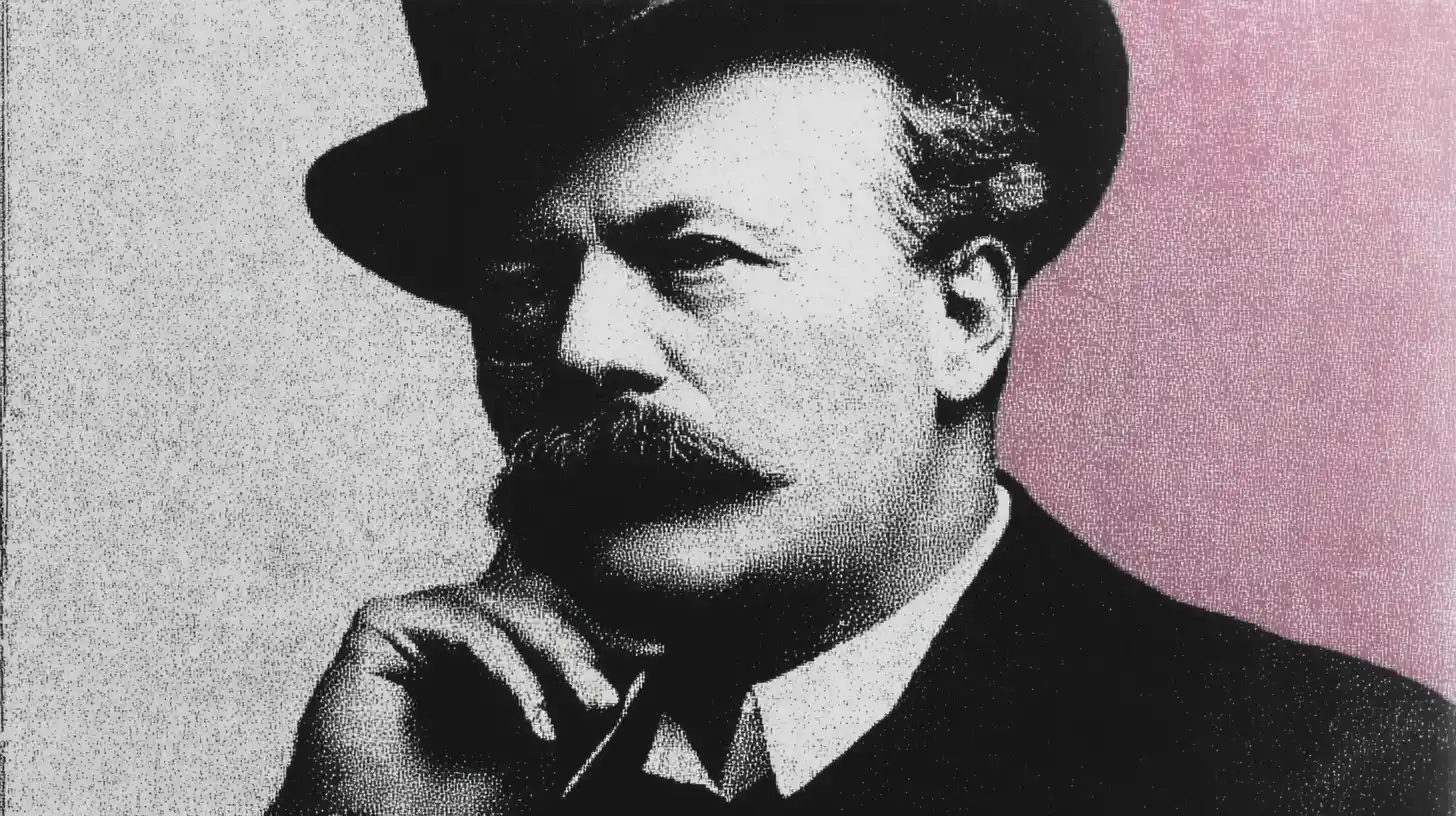
1870-1900
The visionary founder who built Deutsche Bank from scratch. Related to electrical pioneer Werner von Siemens, Georg von Siemens financed American railways and the legendary Baghdad Railway. When the Northern Pacific went bankrupt in 1893, he personally arranged the bailout and bitterly told railway tycoon Henry Villard: “The thing I feel most sorry about is that you remained a rich man.”
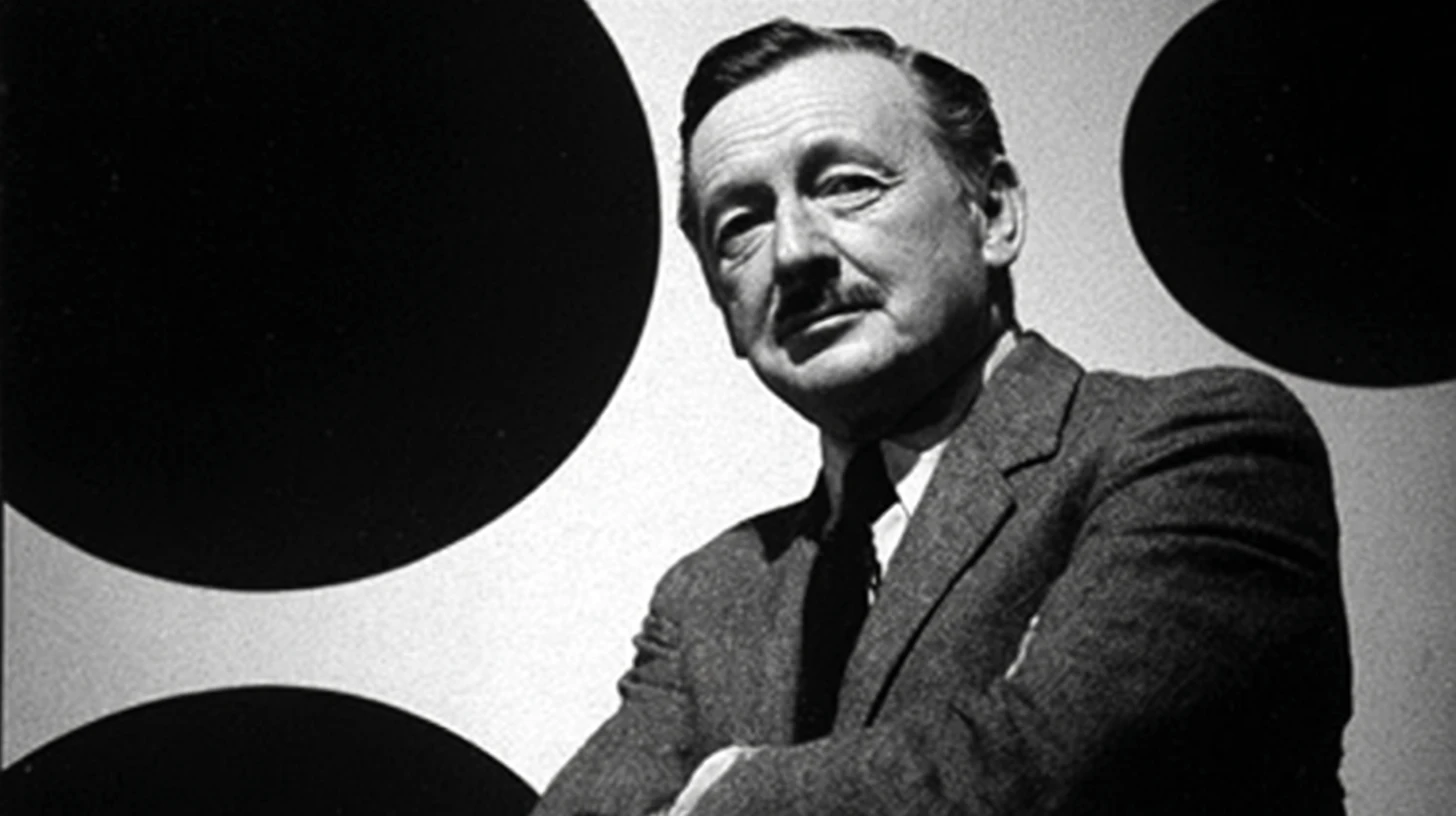
1957-1967
Hermann Josef Abs was a controversial man who rebuilt Germany after WWII. He was once called “Hitler’s paymaster” for his wartime role at 44 companies, including IG Farben. After the war, he was arrested by the Allies in 1946 but later became instrumental in Germany’s economic miracle. David Rockefeller called him “the leading banker in the world.” Abs made a remarkable transition from a war criminal suspect to financial statesman.
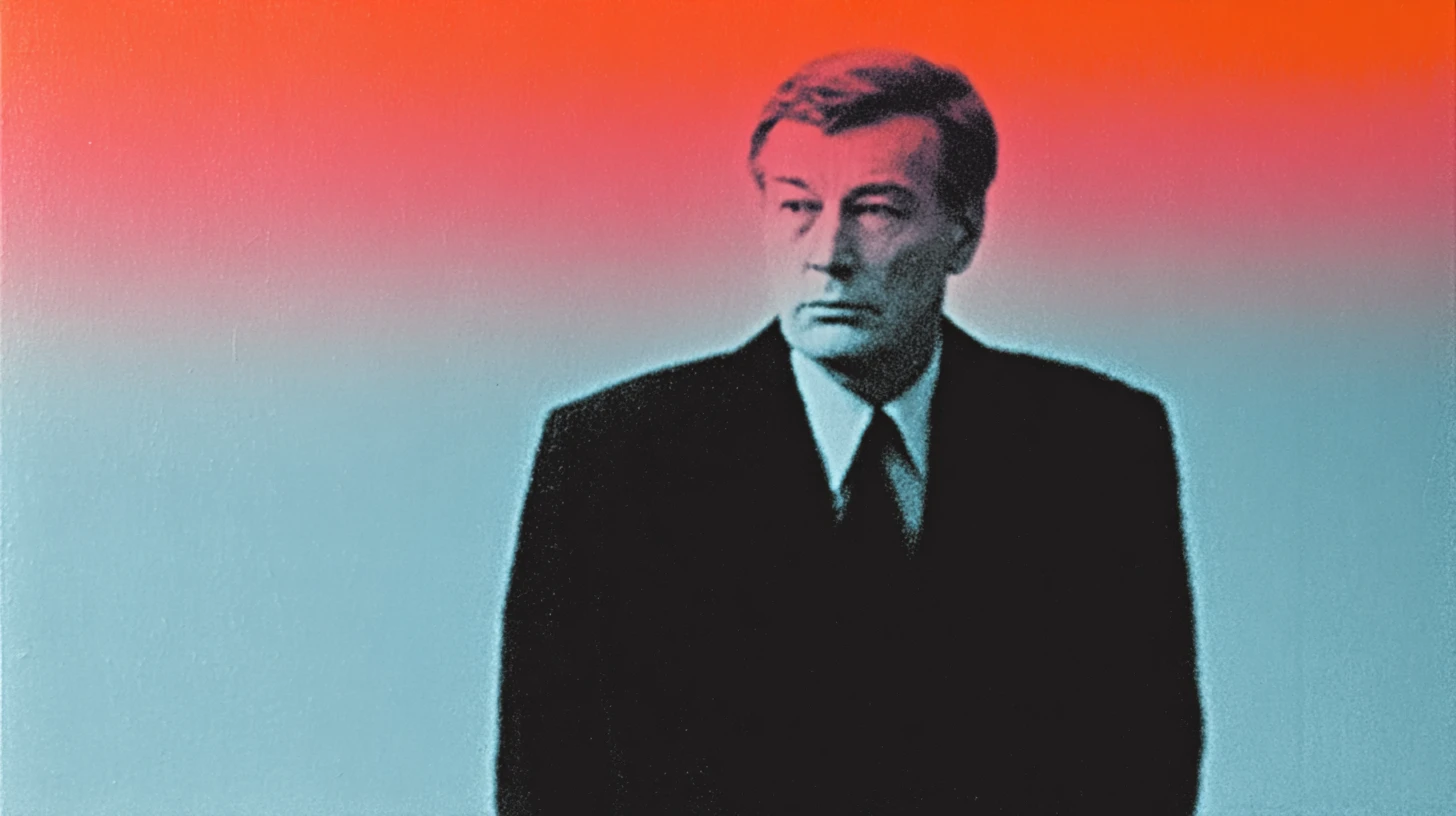
1971-1989
The progressive banking CEO who paid the ultimate price. Alfred Herrhausen was a Bilderberg Group member and advisor to Helmut Kohl. He’s best known for championing Third World debt relief and Eastern European development. On November 30, 1989, Red Army Faction terrorists assassinated him with a sophisticated roadside bomb using a copper plate projectile. The case remains unsolved. Nobody was ever convicted.
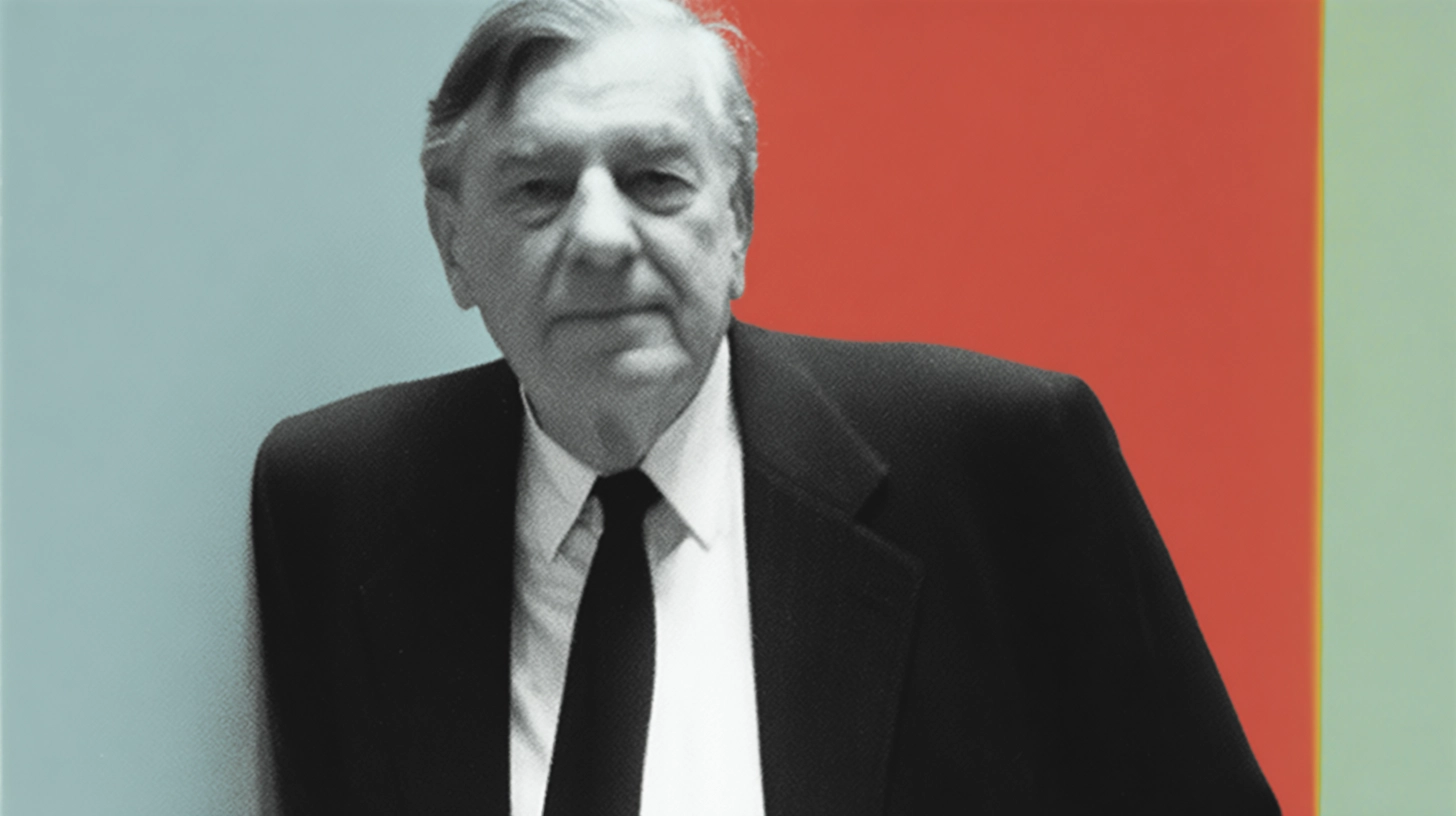
1989-1997
The pragmatic leader who navigated Deutsche Bank through German reunification. Hilmar Kopper took over the bank after Herrhausen’s assassination and focused on transforming the bank from a “stolid German commercial bank” into a global player. Kopper laid the groundwork for international expansion. But he later regretted that the bank lost “a commonality of purpose” in its rapid growth.
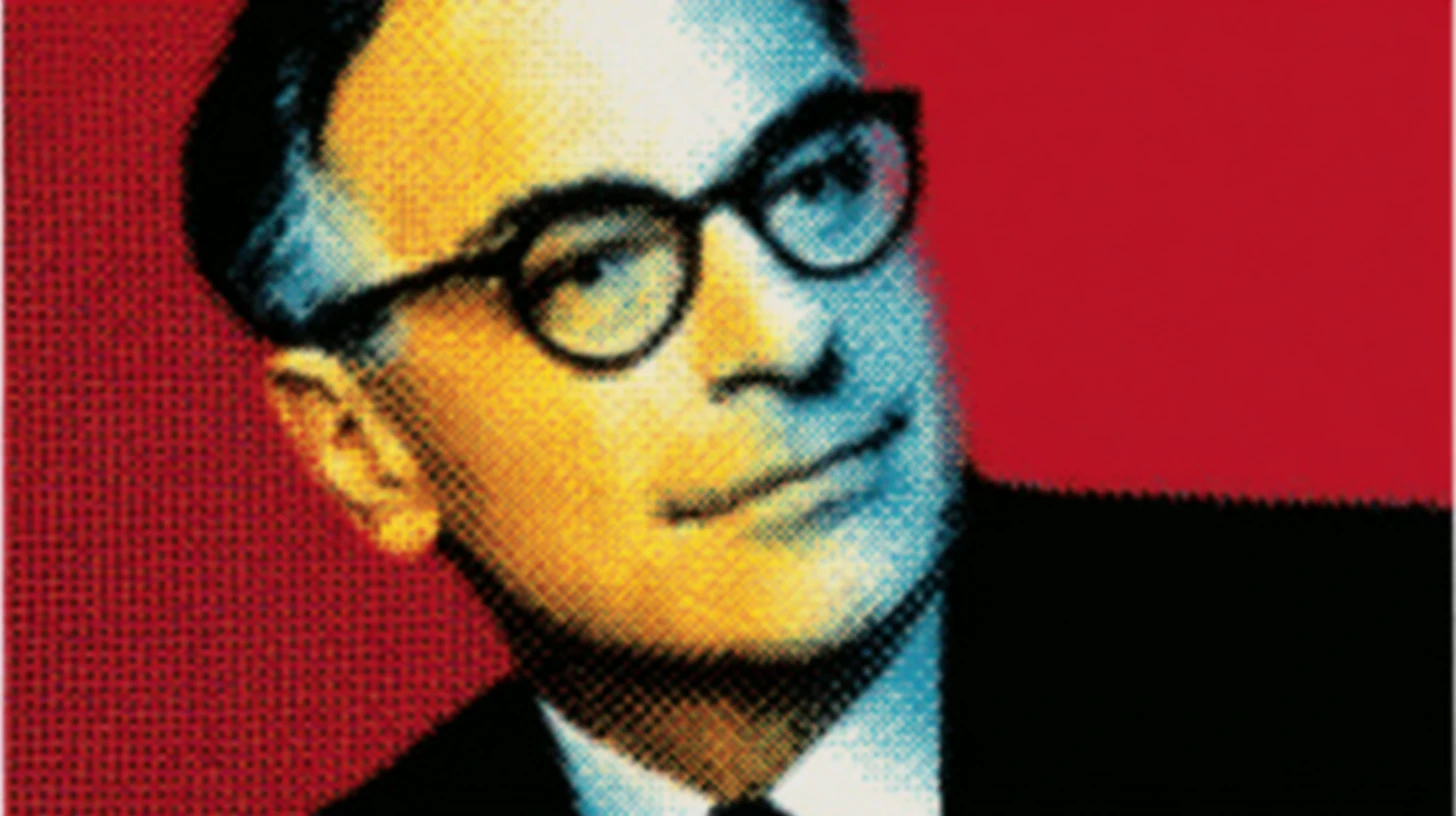
1997-2002
Rolf Breuer or “Mr. Financial Center” took Deutsche Bank into global markets. He orchestrated the massive $10 billion Bankers Trust acquisition in 1999, allowing Deutsche Bank to expand into the US. His career ended controversially when he publicly doubted media mogul Leo Kirch’s creditworthiness in 2002, contributing to Kirch’s bankruptcy and sparking years of litigation.

2002-2012
The Swiss CEO who built Deutsche Bank into an investment banking powerhouse. Josef Ackermann survived a potential Citigroup takeover when German Chancellor Gerhard Schröder intervened to keep the bank independent. His aggressive expansion strategy generated massive profits. But his moves laid the groundwork for future regulatory troubles and cultural problems.
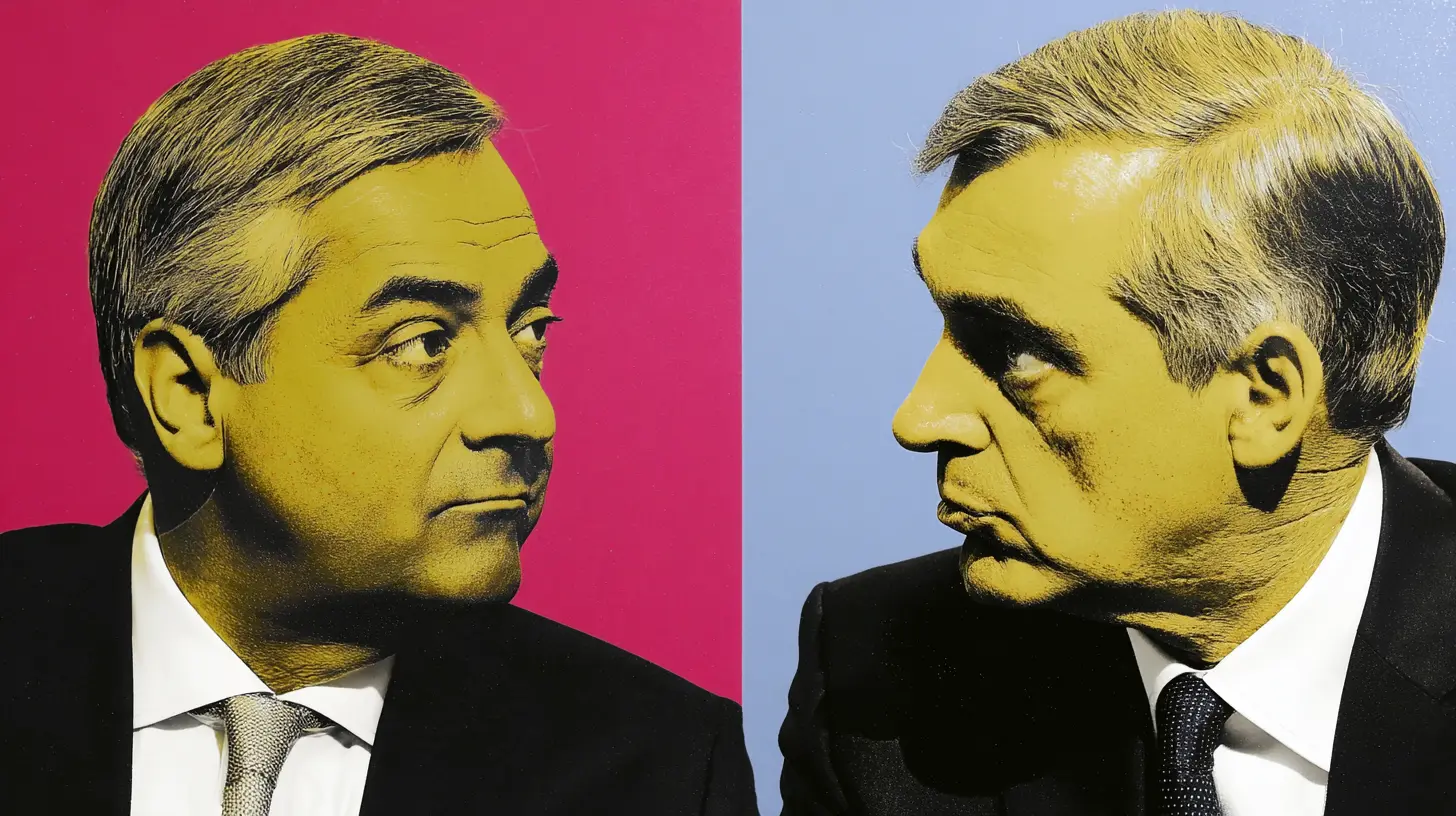
2012-2015
The co-CEOs that couldn’t survive the coming regulatory nightmare for the bank. Jain, an Indian-born vegetarian who spoke no German, ran investment banking from London while Fitschen handled German operations. Their tenure was marked by $2.5 billion in Libor manipulation fines. When only 61% of shareholders supported them in 2015, both resigned in disgrace.
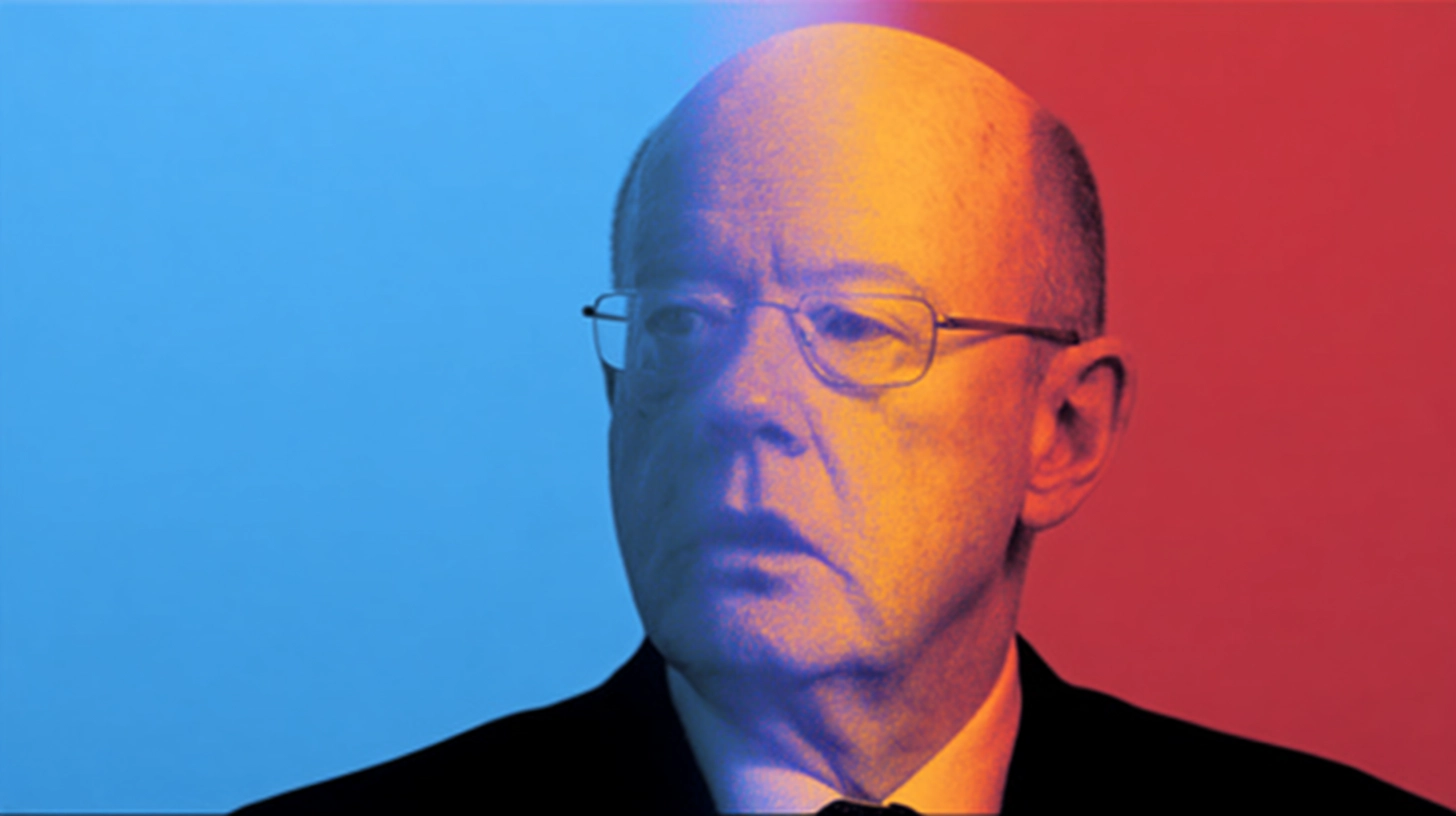
2015-2018
John Cryan was a British cost-cutter who couldn’t stop the bleeding. As a Cambridge graduate and former UBS CFO during the 2008 crisis, he earned a reputation as a “ruthless cost-slasher.” Cryan was famous for criticizing bonus culture: “I have no idea why I was offered a contract with a bonus... I will not work any harder because someone pays me more.” Despite brutal cuts, losses continued for Deutsche Bank.
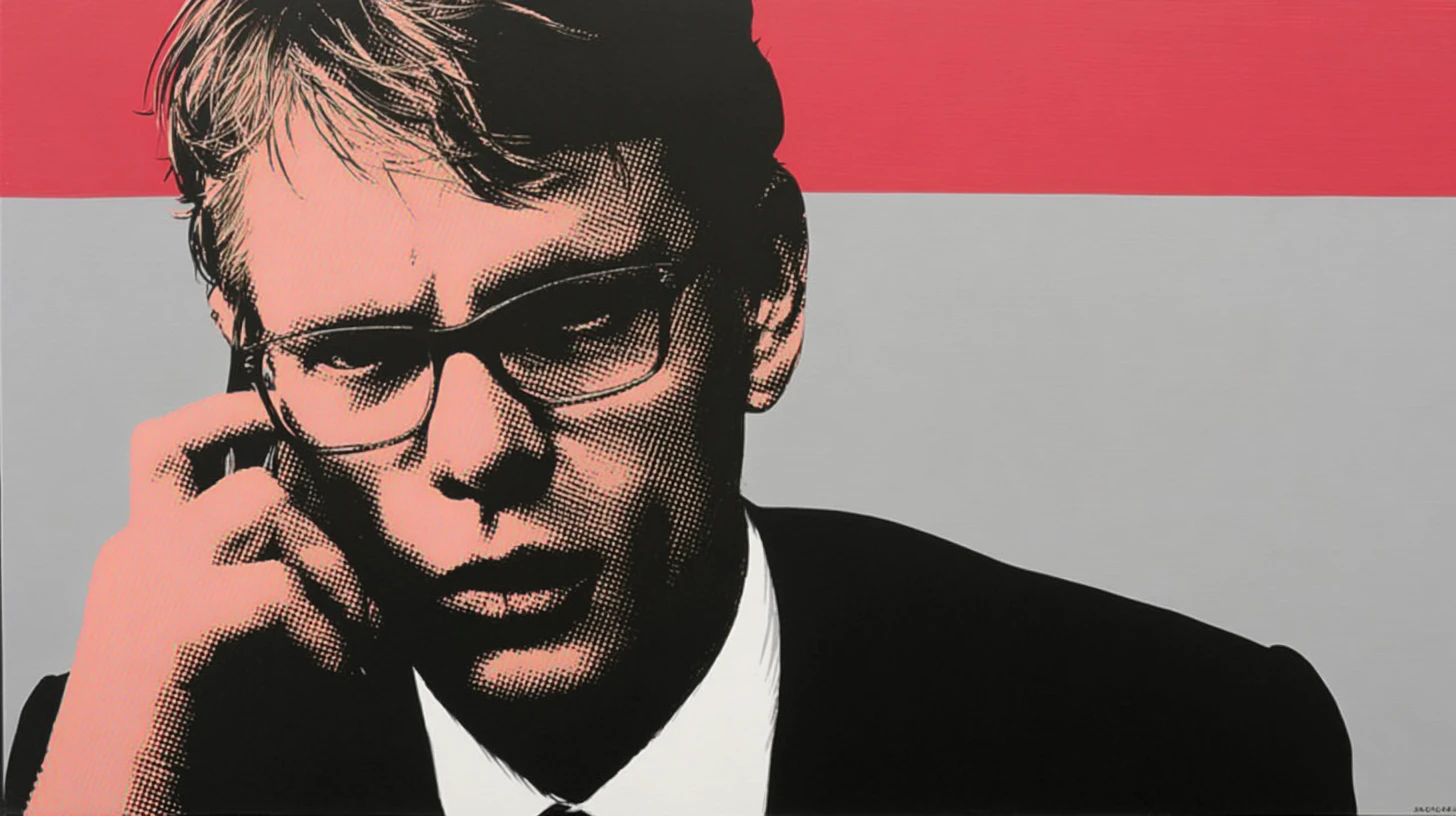
2018-Present
Christian Sewing has been called the ultimate insider leading Deutsche Bank’s comeback. He joined the bank in 1989, and he rose through the ranks across Frankfurt, London, Singapore, Tokyo, and Toronto. Sewing is on track to become the longest-serving CEO of Deutsche Bank in modern history, with his contract extended to 2029. This after surviving a money-laundering audit scandal and employee strip club expense controversies while slowly restoring profitability.